Suizenji-koen park
I visited Suizenji-koen park in Kumamoto-city today for tourist site market research.
Imitated the beautiful scenery of Japan. It is a refined circular garden of Momoyama
period style and represents the 53 Stations of the Tokaido Road including Mt. Fuji.
The fresh springs in the garden release clean, cold water, which flows there from
Mt. Aso via underground currents.
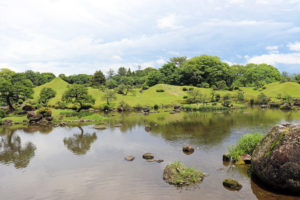 |
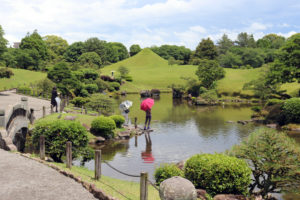 |
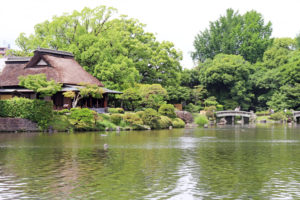 |
May 24, 2025
Yanagawa Canal boat cruise
We operated the Yanagawa tour for Japanese persons on May 20.
Yanagawa Canal boat cruise is to board a small boat called the Donkobune
and slowly go down the river skillfully maneuvered by a boatman with bamboo pole.
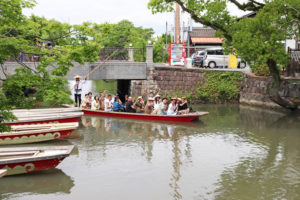 |
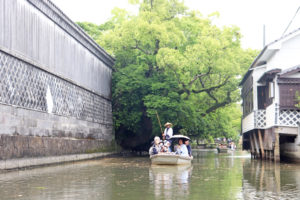 |
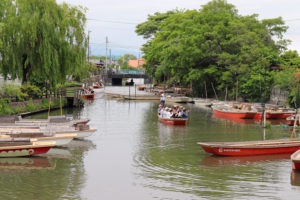 |
May 20, 2025
Art Table IRONOWA, in Oita
The restaurant mainly uses ingredients grown on the farm of the restaurant’s operating
company, as well as ingredients from Oita-prefecture.
The restaurant is located inside the Oita-city Museum of Art and is a stylishly designed
restaurant decorated with many beautiful paintings.
There is also a piano and nice speakers so you can enjoy music while you eat.
 |
 |
 |
May 18, 2025
Yame / Fukushima
White-walled townscape. The Fukushima area is designated as an important traditional
buildings preservation area by the Japanese government. Since the Edo Era (1603 – 1868),
the area has flourished as an economical and political base, and many merchant
houses which retain the atmosphere of that time remain even today.
 |
 |
 |
May 12, 2025
Mount Aso
Aso five mountains consists of 5 mountains ; Mt. Neko (1,433m) , Mt. Taka (1,592m) ,
Mt. Naka 1,506m) , Mt. Eboshi (1,337) , and Mt. Kishima (1,326m).
Mt. Naka is the largest active volcano in Japan.
 |
 |
 |
May 09, 2025
Kurogane Railway
Dedicated Railway for Nippon Steel, Yawata Works in Kitakyushu. The railway connected
between Yawata and Tobata, construction work took three years, and completed in 1930.
The most difficult and hard work was making Miyatayama tunnel with a total length of
1180 m due to suffering from floods. The gates of the Miyatayama tunnel are decorated
with stately designs.
 |
 |
 |
May 06, 2025
Bungo-takada
The era that lasted till about 30 years ago in Japanese history, Bungo Takada was the most
prosperous in Kunisaki Peninsula for over 300 years from the Edo period up to 1900.
Here remains various old structures and remnants of regional Japanese.
 |
 |
 |
May 05, 2025
Shimabara Castle
Located in Shimabara-city and was built in 1625 by the feudal load
Matsukura Shigemasa, who was regarded as a master of castle building.
 |
 |
 |
May 04, 2025
Nishi-Oyama station
The station is the southernmost railway station in Japan operated by JR, boasts
a breath taking view of Kaimon-dake volcano to the front.
The post box standing in front of the station is painted yellow similar to the turnip rape flower that
stands as symbol of Ibusuki. This post box has seen an explosion in popularity because some
believe it brings happiness to those who send mail from it.
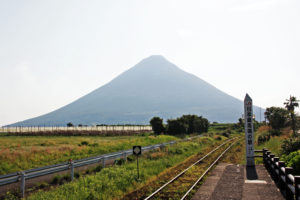 |
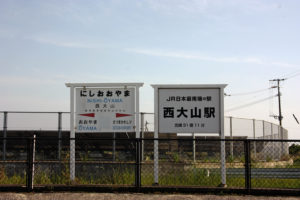 |
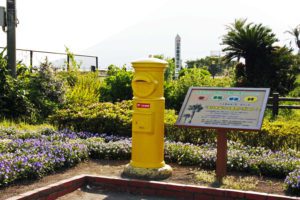 |
May 02, 2025
Food stalls “Yatai”
Food stalls “Yatai” is one thing to enjoy in Fukuoka.
The food stalls have all kind of food, but you have to try Hakata ramen,
usually made with white soup from pork bone and thin noodles.
Besides Hakata ramen, they also have other menu items such as Fried ramen,
Yakitori (grilled chicken), Oden and Dumpling as well.
You can also enjoy alcohol beverages.
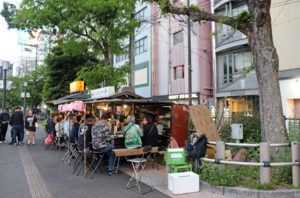 |
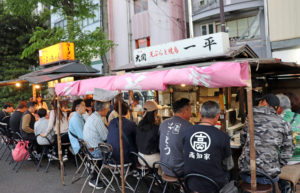 |
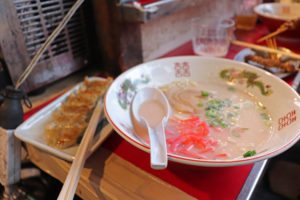 |
May 01, 2025
